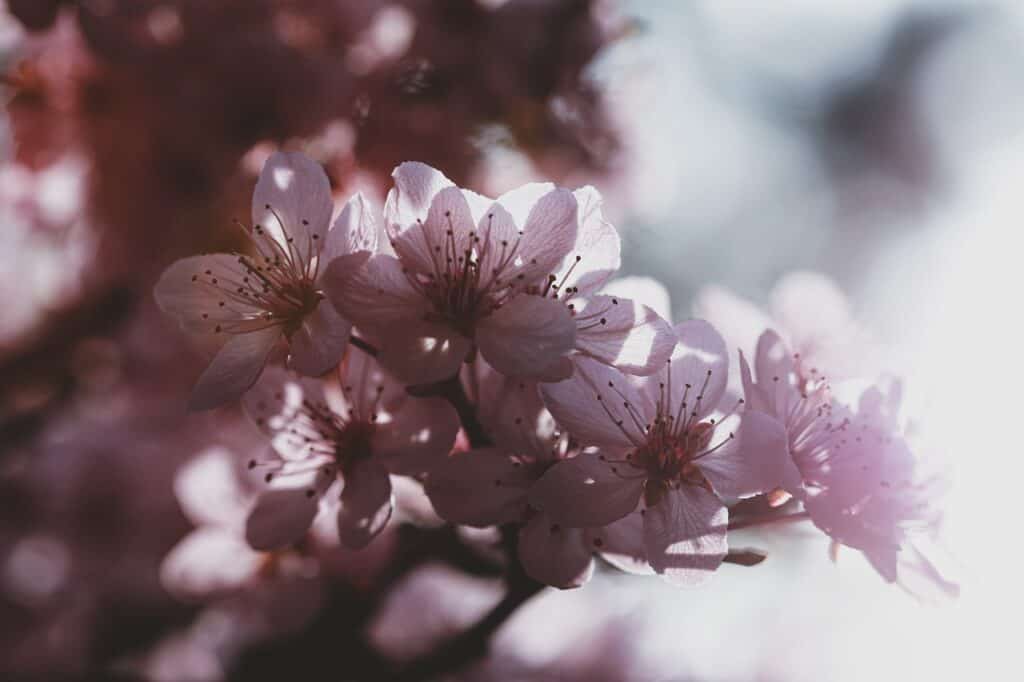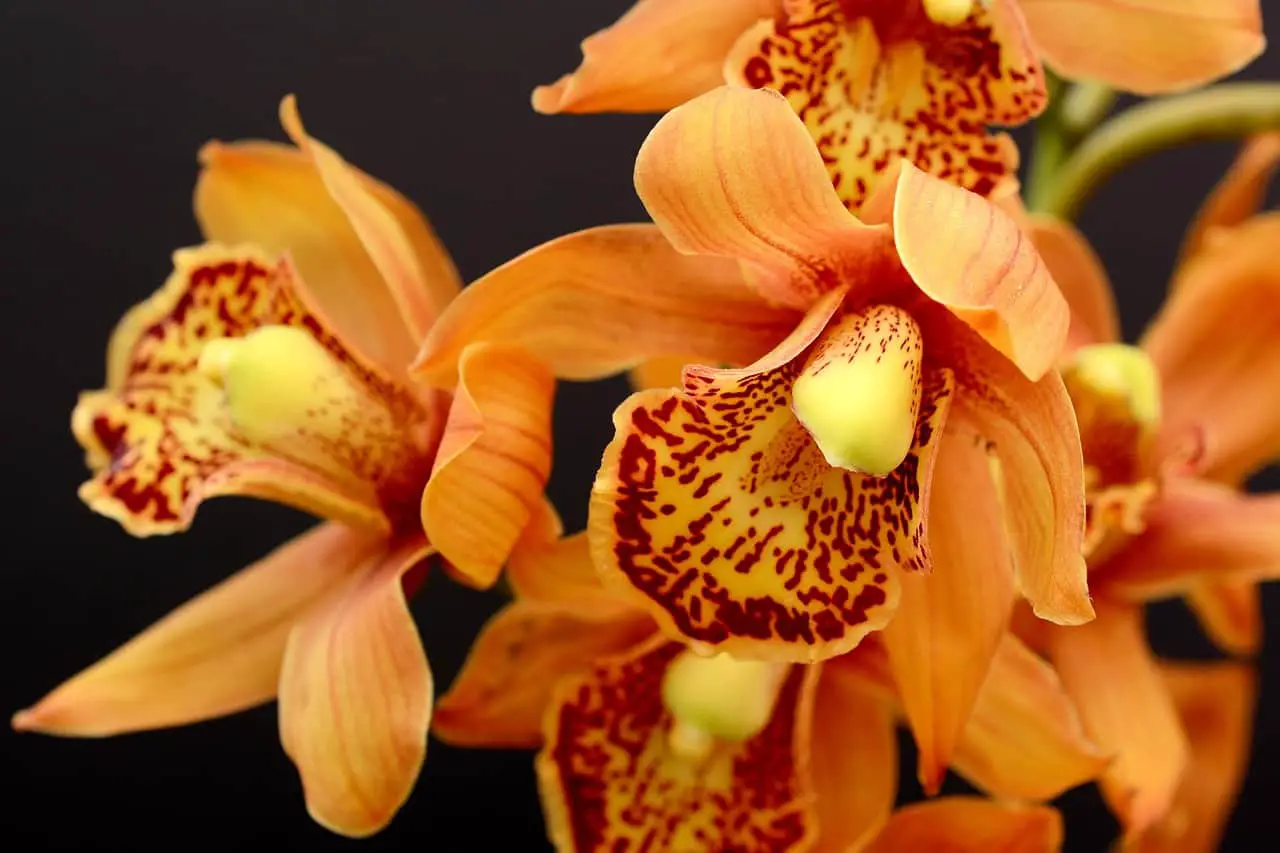Orchids are known for their striking beauty and are one of the most popular houseplants. They require specific care to thrive and blossom.
Many people find trouble keeping their orchids healthy and alive. In this guide, we’ll lay out the basics of orchid care and provide information on how to keep your orchid thriving.

Understanding the Needs of Your Orchid
Orchids require the right amount and quality of light to thrive. These plants need bright, indirect light. Keep them away from direct sunlight, which can burn leaves or flowers. The best spot for your orchid is near a north or east-facing window that gets plenty of light.
Keep in mind that the light requirements of orchids vary depending on the species. Some orchids need more light than others. In general, however, if you can read a book in the light where you place your orchid, it is bright enough.
Orchids also prefer a specific temperature range. Most orchid species grow in tropical areas, where temperatures are warm and consistent throughout the year. To replicate these conditions, keep your orchid in a spot where the temperature ranges from 60 to 80 degrees Fahrenheit.
Watering and Fertilizing Techniques
Orchids require a specialized watering schedule because they are epiphytes which means they grow on trees, rocks, or other surfaces, and they don’t grow in soil. Instead, they absorb moisture and nutrients through their roots. Overwatering can kill an orchid. They require a balance between drying out and staying too wet or too dry.
It’s best to water your orchid when its potting mix starts to dry out about halfway through the pot. You can check this by sticking your finger into the potting soil. If it is moist, wait and check again in a couple of days. If it is dry, it is time to water your plant.
When you water your orchid, it is crucial to do it properly. Pour water slowly over the potting mix until it runs out the bottom of the pot. This ensures that the roots and mix are appropriately saturated. But be careful not to let the orchid sit in standing water.
Fertilizing your orchid will ensure it gets the nutrients it needs to thrive. You should fertilize it once a month or depending on the fertilizer, between 1-4 times annually. Use a balanced fertilizer, specially made for orchids.
Orchid Maintenance Tips
Orchids need repotting once every two years to ensure proper growth. This will help them to get the nutrients they need to support their growth properly. Ensure that you use the right potting mix when repotting your orchid. You can find orchid-specific potting mix at most stores, or you can make your own.
Remove your orchid from its pot carefully, without damaging its roots. If you see any decayed roots, this is the perfect time to trim them. Place the orchid in its new pot, ensuring that it’s the right size. Fill the new pot with fresh potting mix, tamp it down gently, and water your orchid.
Pruning to Promote Growth
Pruning your orchid is important to promote growth and ensure a healthy, attractive plant. By trimming off dead or yellowing leaves, you prevent them from spreading any disease or pests to the rest of the plant.
Another way to encourage growth is to trim off the old flower stem. Doing this will redirect the plant’s energy into producing new stems and buds, making it more likely to flower in the future.

Common Orchid Problems and Solutions
Orchids are susceptible to pests and diseases, including spider mites, scale insects, thrips, and root rot. If you notice webs, white speckles, or sticky residue on your orchid, you may have a pest infestation.
Common signs of root rot include leaves that turn yellow, black, or brown and the presence of a foul odor. Infections that cause yellowing and leaf spotting could also indicate fungal or bacterial infections.
Troubleshooting Solutions for Common Issues
Prevention is key to avoiding pests and diseases. To prevent pests, clean your orchid’s leaves regularly with a soft cloth or brush. If you notice pests, wipe it down with rubbing alcohol or insecticidal soap.
To avoid root rot, ensure your orchid has enough drainage and that you aren’t overwatering it. If you think your orchid has root rot, remove it from its pot, and inspect its roots carefully. Cut away any dead or rotting roots and repot them in fresh, well-draining soil.
Conclusion
To keep your orchid alive and thriving, provide it with the right amount of light, water, and nutrients, and keep it in a suitable environment. By understanding your orchid’s needs and following its maintenance tips, you’ll have a healthy plant that produces beautiful flowers. With proper care, your orchid can last for years to come.

